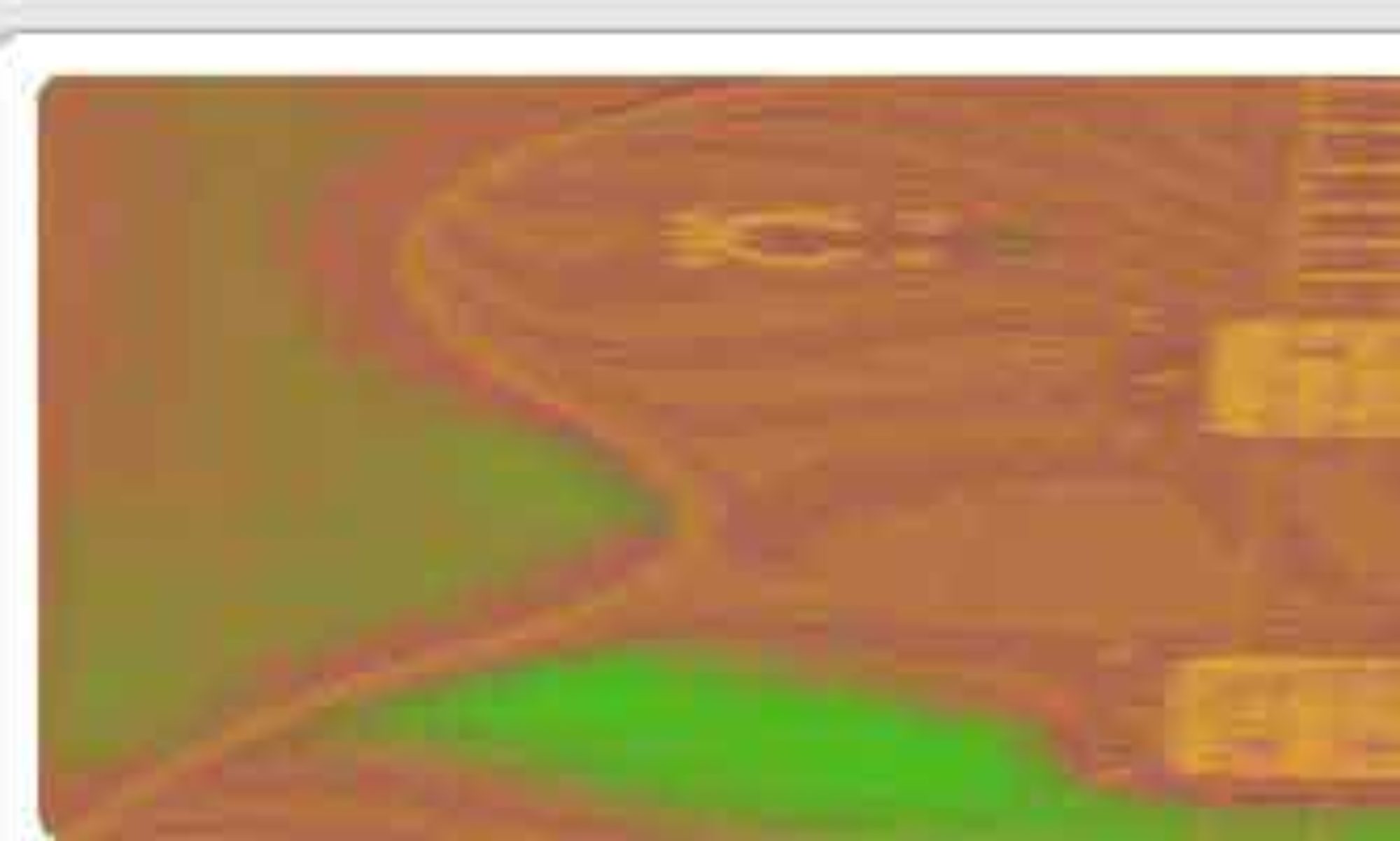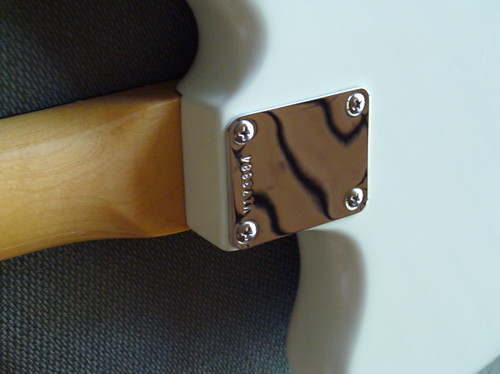Since many people visit my blog to know more about scales for psychedelic guitar, I would like to explain some basics in more detail. And in tablature, this time.
As a preparation, please read this former post! I will give you a basic riff to improvise on, by using the mixolydian scale. You can either play this scale the usual way (example 1) or slide along just the G-string (example 2), maybe pretending your guitar was a sitar…
So, use some slides, bendings and so on! Scales are just a raw material, nothing more. You have to make something out of it. Go ahead now.
Psychedelic Basic Riff in A – give it a nice rhythm!
–––––––––––––––––––––––––––––
–––––––––––––––––––––––––––––
–––––––––––––––––––––––––––––
–––2–––––4––––5–––––4––––2–––
0–––––0––––0–––––0––––0––––––
–––––––––––––––––––––––––––––
Example 1): Psychedelic Scale (A mixolydian)
–––––––––––––––––––––––––––––––––––––––––––––––5––7––(9)–––––––
––––––––––––––––––––––––––––––––––––––5––7––8–––––––––––––––––
–––––––––––––––––––––––––––––4––6––7––––––––––––––––––––––––––
––––––––––––––––––––4––5––7–––––––––––––––––––––––––––––––––––
–––––––––––4––5––7––––––––––––––––––––––––––––––––––––––––––––
–(3)––5––7–––––––––––––––––––––––––––––––––––––––––––––––––––––
Example 2): A mixolydian on just one string (G string): use slides in a wild manner!
G –––0––2––4––6––7––9––11––12––14–––––––––––––––––––––––––––––––
Don’t forget to practice each scale either way, meaning downward as well as upward! Furthermore, it’s understood that nobody will be able to create a psychedelic sound who lacks listening experience with psychedelic music…
If so, maybe you should listen to the medley in this former post: psychedelic medley and the list of tunes…


